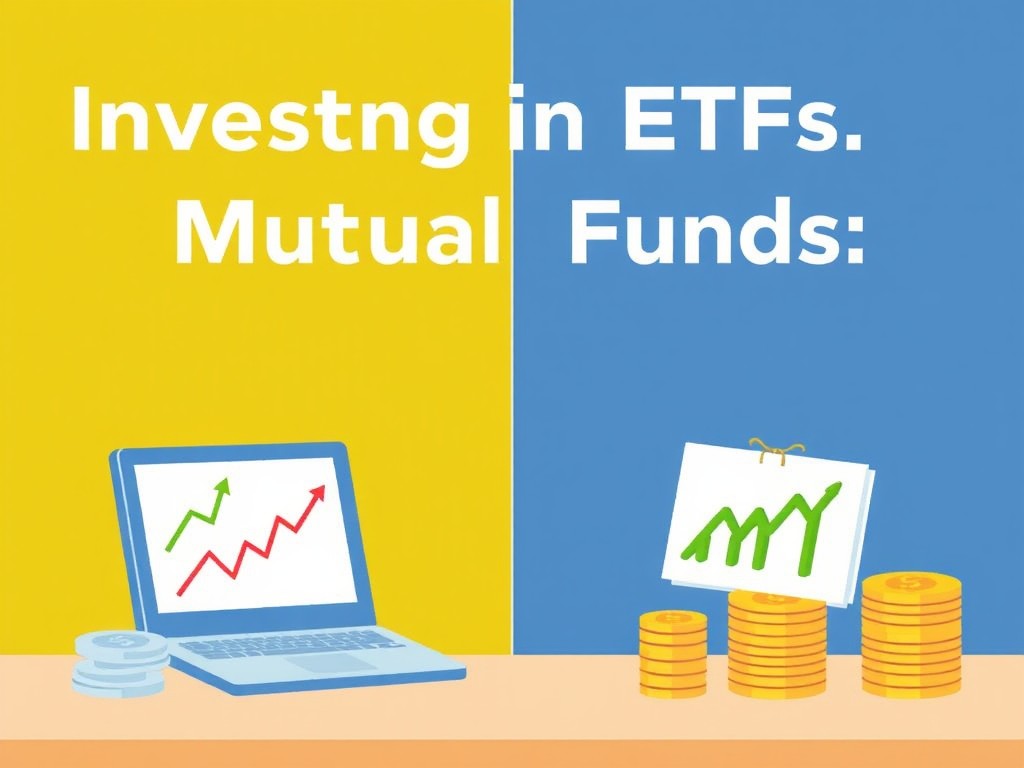Larry Berman’s recent analysis highlights critical considerations for long-term investors regarding U.S. dollar exposure, particularly in the context of the Canadian dollar’s fluctuating performance. Here are the key takeaways from his discussion:
Historical Context of the Canadian Dollar
Berman starts by providing a historical framework for the Canadian dollar (CAD) against the U.S. dollar (USD). Since the abandonment of the Bretton Woods system in 1971, the CAD has averaged an exchange rate of 1.23 against the USD, though it has rarely lingered at this level. He emphasizes that the exchange rate is primarily driven by relative growth and inflation, which can be effectively gauged through the difference in two-year note rates between the two countries. This metric serves as an indicator of capital flows and investment trends.
Impact of Trade and Energy Prices
The discussion also touches on Canada’s current account, which reflects the balance of trade in goods and services. Berman points out that Canada’s largest export—energy—plays a crucial role in this equation. The historical data indicates that the CAD has spent minimal time above 1.42 or below 0.70, with significant fluctuations largely influenced by periods of economic deficits.
Berman notes that the Bank of Canada has historically raised interest rates to combat currency outflows, but recent trends show a convergence in interest rates between Canada and the U.S., leading to a low-rate environment that has not favored the CAD.
Current Challenges
Berman critiques the Canadian government for failing to capitalize on rising oil prices, highlighting a lack of foreign investment that has contributed to the CAD’s weakness. He warns that this structural vulnerability, combined with heightened sensitivity to interest rate changes, poses ongoing challenges for the Canadian dollar, especially in light of potential tariff implications under Donald Trump’s administration.
Future Outlook
Looking ahead, Berman predicts a likely depreciation of the CAD in the short term. He advises investors to consider hedging against foreign exposure, particularly through currency-hedged strategies in the exchange-traded fund (ETF) market. The backdrop of political uncertainty in Europe adds another layer of complexity, potentially driving the CAD to levels between 1.42 and 1.45 against the USD.
Conclusion
Berman’s insights provide a thought-provoking analysis for investors navigating the complexities of currency exposure. His emphasis on hedging strategies reflects a prudent approach in a volatile economic landscape. As the Canadian dollar faces pressures from both domestic challenges and international dynamics, investors would do well to heed Berman’s advice and prepare for potential fluctuations in exchange rates.














Leave a Reply